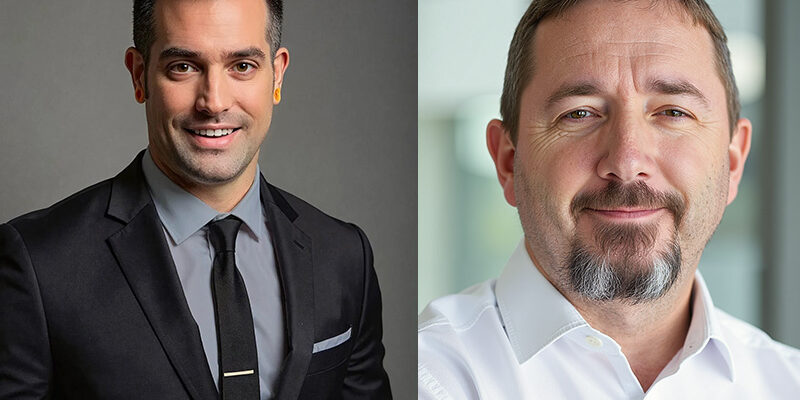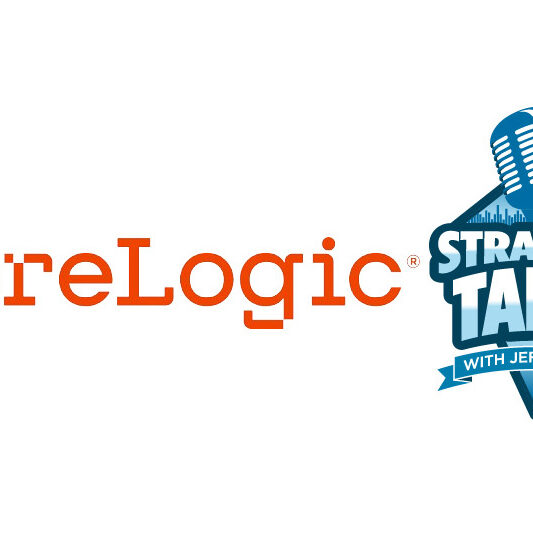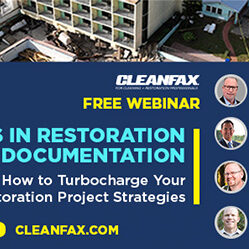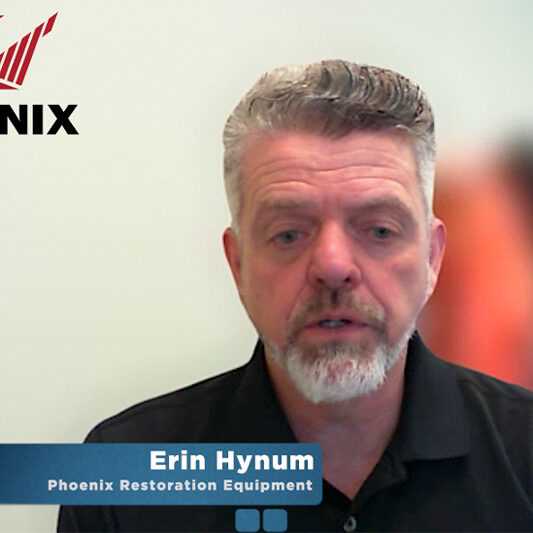New ANSI/IICRC S700 Standard for Fire and Smoke Damage Restoration Published
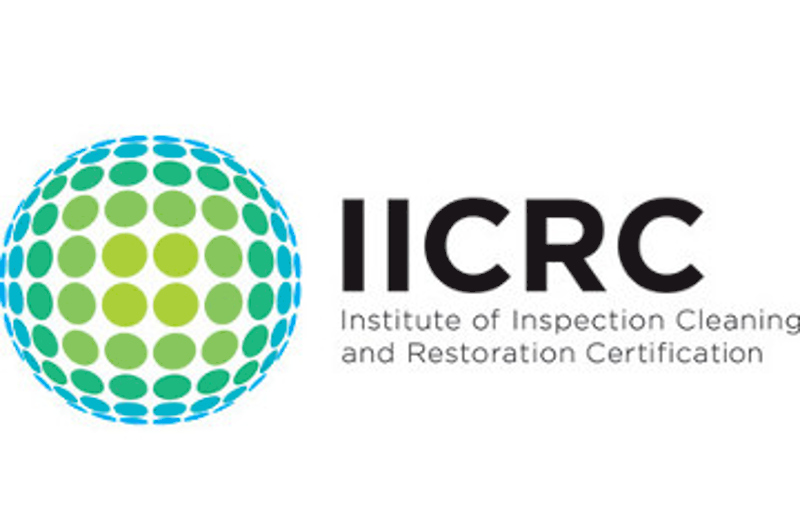
The Institute of Inspection, Cleaning and Restoration Certification (IICRC) published a new American National Standard – ANSI/IICRC S700 Standard for Fire and Smoke Damage Restoration.
This Standard describes the principles, processes, and procedures for assessing the presence, intensity of impact, and boundaries of fire residues and odors affecting a building, building systems (e.g., heating, ventilation and air-conditioning [HVAC]), and contents after a fire event. The fire event can occur within the building, an adjoining building(s), or building(s) in the vicinity impacted by an external or
internal fire, other than wildfires. This Standard also describes the practical principles, methods, and processes including equipment, tools, and materials, for the restoration cleaning, and fire odor management of buildings and contents. This standard also addresses contractor qualifications, administrative requirements, procedures, development of the Restoration Work Plan (RWP), documentation of project-related events, and compliance with Authorities Having Jurisdiction (AHJ).
The ANSI/IICRC S700 Standard for Professional Fire and Smoke Damage Restoration includes the following:
- Fire and Smoke Damage Restoration Contractor Qualifications
- Administrative Requirements and Documentation
- Fire and Smoke Damage (FSD) Assessment
- Fire Restoration Equipment, Tools, and Materials (ETM)
- Fire Restoration Mitigation
- Source Removal
- Heating, Ventilation, and Air-Conditioning (HVAC) and Air Conveyance Systems
(ACS) - Fire and Smoke Odor Management
- Fire and Smoke Damage Contents Restoration
- Post Restoration Evaluation
- Limitations, Complexities, Complications, and Conflicts
“It was my true honor to serve with John Pletcher as the vice chair, and the other members of the S700 consensus body,” said Bran Lynch, IICRC S700 consensus body chairman. “My father had a saying ‘you can judge a man by the company he keeps’ and if there’s any truth to that, then I am truly a lucky person to have these members of the consensus body as company. While it was not always an easy journey, it was incredibly rewarding to finally get this Standard published. It was over a decade in the making, and now the restoration industry has another IICRC pillar in their foundation.”


